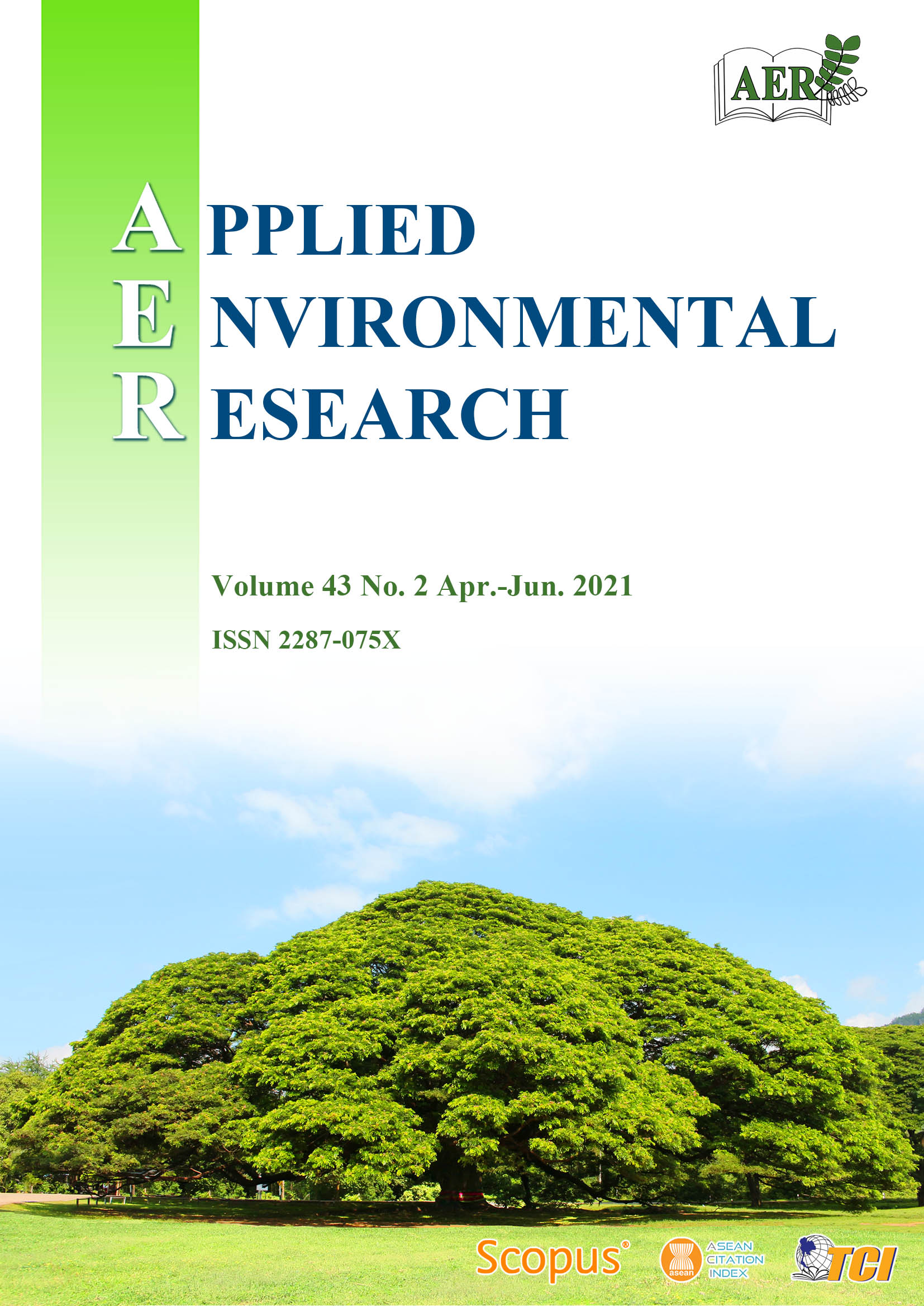Inspection and Understanding of Sewer Network Condition in Dindaeng District (Thailand)
Main Article Content
Abstract
Sewer pipelines are usually operated with little maintenance after installation. After years in service, sewer pipes get old and deteriorated. The present research is the first study that attempts to inspect the condition of sewer pipelines in the Bangkok Metropolitan Area. A robot with Closed Circuit Television (CCTV) was used to capture videos and images of the interior of the sewer pipelines between two manholes. The system was operated by Utility Business Alliance (UBA) Company. The condition of the sewer pipelines was visually analyzed in line with the scoring and grading system of New Zealand’s pipe inspection manual. CCTV footage was received from UBA, and each meter of the sewer pipelines was visually inspected, scored, and graded. The study area included 22 randomly selected roads around Dindaeng District. For the structural condition, surface damage was found in all of the 89 inspected pipes. Joint faulty and crack longitudinal were found in approximately 60% of the inspected sewer pipelines. Infiltration present was found in 33% of the inspected pipes, while crack circumferential and crack multiple were minimal in the study area. For the service condition, obstruction temporary, debris silty, and debris greasy were found in 15%, 11%, and 4% of the inspected sewer pipelines, respectively. The grades of the structural condition were mainly between 4 and 5, indicating that most of the sewer pipelines in the area would need rehabilitation programs. The grades of the service condition were between excellent and good. This is the first time that such a program has been conducted in Thailand. The information of the condition of the pipelines and the inspection and characterization methods should be used as a reference for maintenance programs and future assessment programs. The adjustment or development of the inspection manual should be done in collaboration with local contacts.
Article Details

This work is licensed under a Creative Commons Attribution-NonCommercial 4.0 International License.
Published articles are under the copyright of the Applied Environmental Research effective when the article is accepted for publication thus granting Applied Environmental Research all rights for the work so that both parties may be protected from the consequences of unauthorized use. Partially or totally publication of an article elsewhere is possible only after the consent from the editors.

